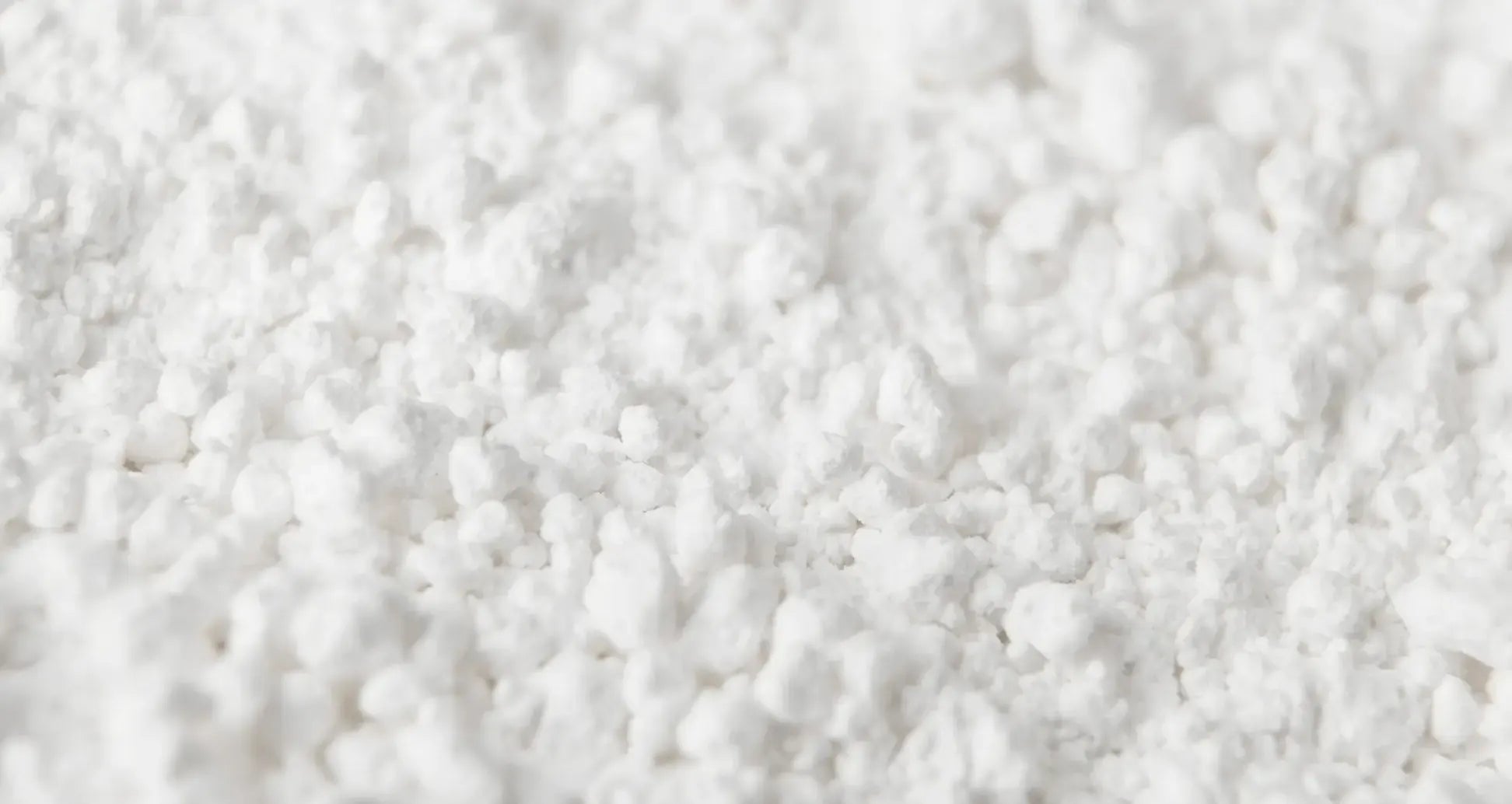
azelaic acid
Gentle, effective, and versatile: Azelaic acid has antibacterial, anti-inflammatory, and balancing properties—ideal for acne, rosacea, redness, and dark spots. Suitable even for sensitive skin, it promotes a clearer, more even complexion.
introduction
Azelaic acid belongs to the chemical group of dicarboxylic acids and is extracted from barley, rye, or wheat. Azelaic acid, in the mild form we use, combined with the skin-caring amino acid glycine (PAD = Potassium Azeloyl Diglycinate), impresses with its exceptional tolerability – even for sensitive skin types.
What is azelaic acid good for?
With its anti-inflammatory and antibacterial properties, azelaic acid combats blemishes, pimples, and pustules. It reduces redness and irritation of the skin. Azelaic acid helps significantly fade acne scars and pigmentation (UV-induced sun damage, age spots, melasma) and contributes to a smoother, more even, and radiant complexion.
The strength of azelaic acid lies in its versatility and gentle action. It's ideal for all skin types and especially helpful for skin concerns such as blackheads, redness, or rosacea. Its soothing properties make it a popular choice for sensitive skin, as it soothes irritation and gently clarifies the skin. Even those with dry skin benefit from its use.
How do I use azelaic acid?
Azelaic acid can be easily integrated into your daily skincare routine:
- Start with a small amount to test tolerance.
- Apply the azelaic acid serum to cleansed skin in the evening – not to eyes or mucous membranes.
- Combine it with a moisturizing face cream.
How often should I use azelaic acid?
The frequency of application depends on your skin type and concentration. Start with 2–3 applications per week and, if tolerated well, increase to once or twice daily. Always use sunscreen (SPF 30+) during the day.
Does azelaic acid increase photosensitivity?
No, azelaic acid does not significantly increase photosensitivity. However, sunscreen is recommended, as anti-inflammatory agents can indirectly make skin more sensitive.
Is azelaic acid suitable during pregnancy and breastfeeding?
Yes, up to 10% azelaic acid is considered safe during pregnancy and breastfeeding. It has no hormonal effects and is often recommended as a retinol alternative for pregnancy acne, rosacea, or dark spots. Look for a non-irritating formula without fragrances or alcohol.
Which combinations of active ingredients can be problematic?
The following combinations can cause irritation on sensitive skin:
- Strong acids (AHA, BHA): Do not combine with salicylic acid >2%, glycolic acid >5% or lactic acid >8%.
- Retinoids: Use only at different times (retinol in the evening, azelaic acid in the morning).
- Benzoyl peroxide: Better to use on alternate days.
- Vitamin C (ascorbic acid): Vitamin C in the morning, azelaic acid in the evening.
- Niacinamide: In rare cases, the combination may be irritating – introduce slowly.
Always test new combinations gradually and on small areas of skin.
Can azelaic acid be used permanently?
Yes, azelaic acid is suitable for long-term use and is particularly helpful for chronic skin problems such as acne, rosacea or pigmentation disorders.
How long does it take for azelaic acid to work?
The first visible results can be seen after 4–8 weeks. For an even skin tone, 2–3 months of consistent use are usually necessary.
Conclusion: Azelaic acid as a versatile skin care aid
Azelaic acid offers an effective yet gentle solution for acne, rosacea, hyperpigmentation, and sensitive skin. It clarifies, soothes, and strengthens the skin's appearance over the long term – without the typical side effects of harsh active ingredients. It unfolds its full potential especially when combined with moisturizing care.
Our natural cosmetics with azelaic acid
Clarifying and anti-inflammatory: Our skin-soothing serum with azelaic acid effectively helps against pimples, blackheads, and clogged pores.





